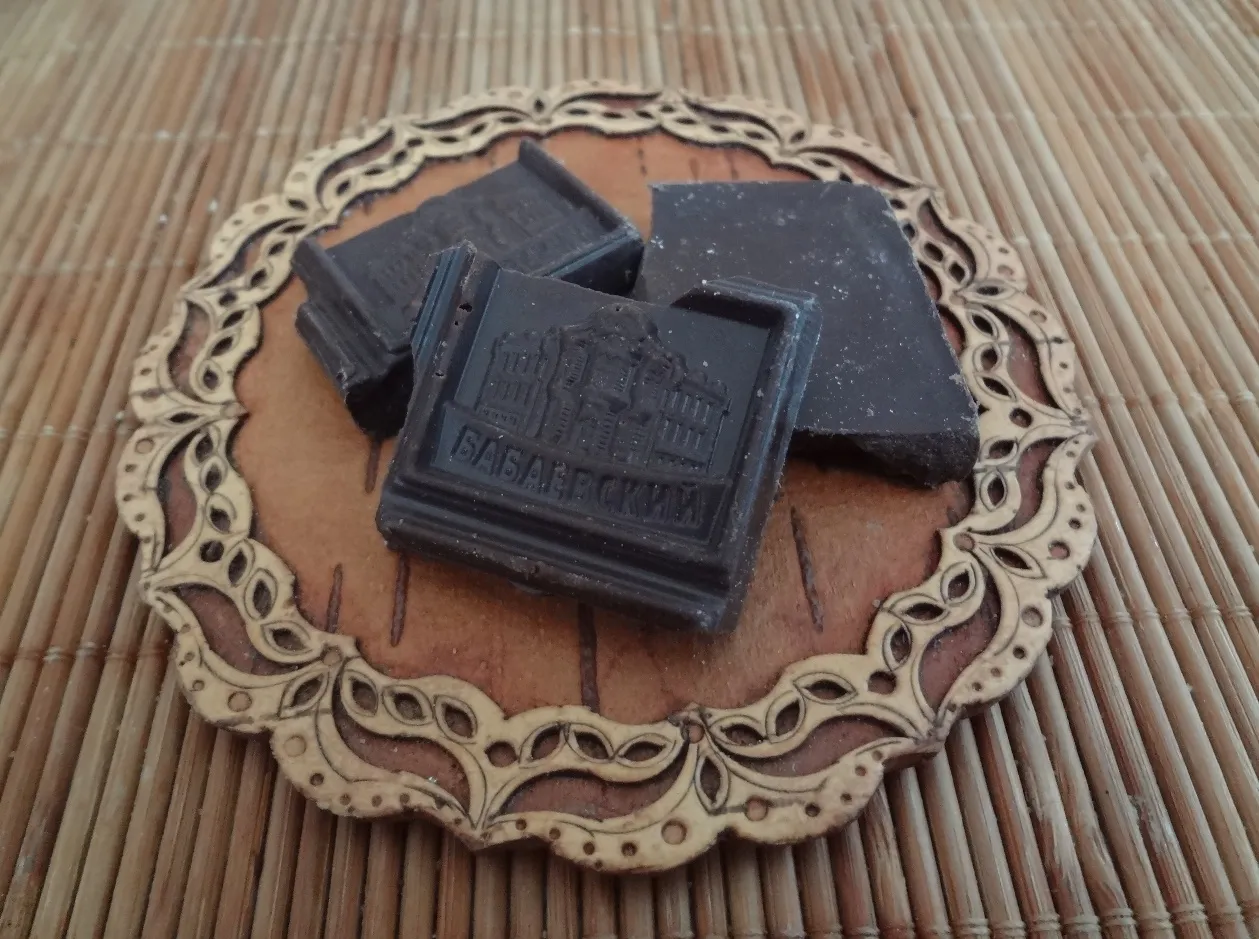
Coffee appeared in Russia simultaneously from the West and the East, thus, two coffee traditions developed in parallel. The European fashion for coffee was introduced by Peter I, who became addicted to this drink in Holland during the Great Embassy in 1697. Since 1718, assemblies - noble balls - have not been without coffee. The upper strata of Russian society followed the new tradition without much enthusiasm: coffee was expensive and bitter.

In 1724, by order of Peter the Great, taverns for foreigners were opened in the capital, where they served, among other things, coffee. The first coffee house appeared in St. Petersburg in 1740. Coffee houses were kept by immigrants from Germany, England, Holland and other European countries. According to Western custom, the drink was brewed in copper or tin coffee pots, filtered and drunk either without additives (in German), or with honey, chocolate or sugar, always garnished with whipped cream (in Viennese). Empresses Anna Ioannovna and Catherine II were big fans of coffee.

As the Azov region, Crimea, the Caucasus, the western coast of the Caspian Sea became part of Russia, the Don and Kuban Cossacks who served on the border learned about coffee. Among their spoils of war were sacks of coffee beans and coffee beans, renamed by the Russians as “Turks”. The Cossacks invited their friends and relatives to “coffee”, which they drank exactly at noon. Turkish coffee was served with kaymak - heavy heavy cream - or with spices: cardamom and black pepper.

They drank such coffee with grounds, without filtering. On the Don and Kuban, it was the same unshakable ritual, like five-hour tea on the banks of the Thames. But the Ural Cossacks, among whom there were many Old Believers, rejected the "Basurman drink". The collector of folklore Vladimir Dal recorded Old Believer proverbs: "Tea is cursed at three cathedrals, and coffee at seven", "Potatoes are cursed, tea is cursed for two, tobacco and coffee for three", "Who drinks coffee, God (or: thunder) will kill him", “Whoever drinks tea despairs of God; who drinks coffee - imposes kov on Christ. "

Coffee spread among the general population of the empire in the 19th century. The fact that by this time the drink “Russified” is indicated by the appearance of samovars-coffee pots. In the 1820s, two-section samovars with separate containers for coffee and tea began to be produced in Russia. In order to save money, chicory was added to the drink. In poor city houses, wanting to follow the fashion, they brewed "coffee" from toasted barley flour, powdered acorns, beets, pear seeds, watermelon peels and even dandelion roots.

HISTORY AND CULTURE OF COFFEE CONSUMPTION IN RUSSIA
The culture of coffee in modern Russia can be called not even a culture, but in many respects - a cult. The free market, which allowed Russians to forget about the shortage of food and get, among other things, access to really high-quality coffee, has spawned an army of true connoisseurs and even fans of this drink in our country. Surely each of those reading these lines has friends who sometimes say something like this - there may be no bread in the house, but good coffee must be there. And so it is. After all, the morning, started with a cup of aromatic and properly prepared coffee, for millions of Russians is the key to a good mood and a good day. And a cup or two of a fragrant drink during breaks from work also helps us to cheer up and get a few minutes of pleasure and pleasure. So there are more and more true fans, admirers and lovers of coffee every day.
(Translated via Google translator from Russian)
Photos posted by me are clickable. They can be viewed in large size by clicking on the photo.
ADDITIONAL INFORMATION:
-original photo;
-secondary publication,
-camera Sony 16.2.
Photos were taken with the size of 2592 x 1944 pixels.
For insertion into a post on Ecency and Hive, the size is reduced to 1296 x 972 points..
Photo taken - Sony 16.2 - 3x Zoom, Vario-Tessar lens.

